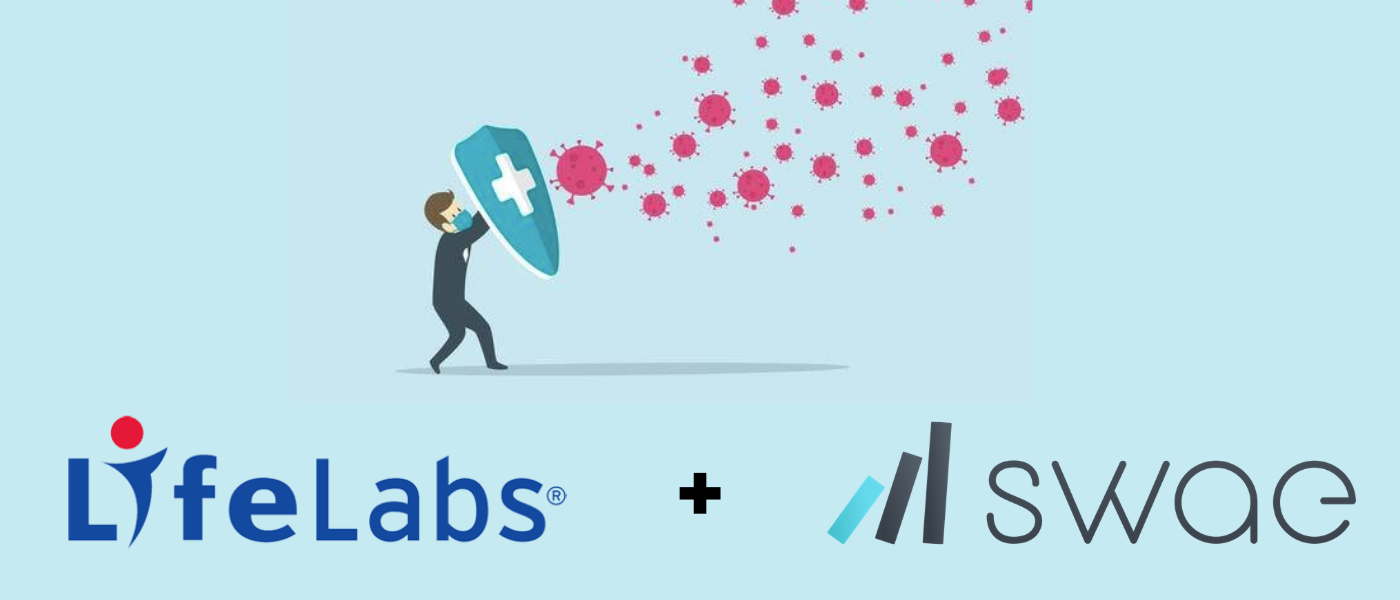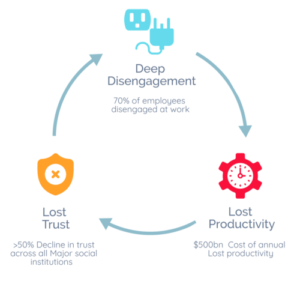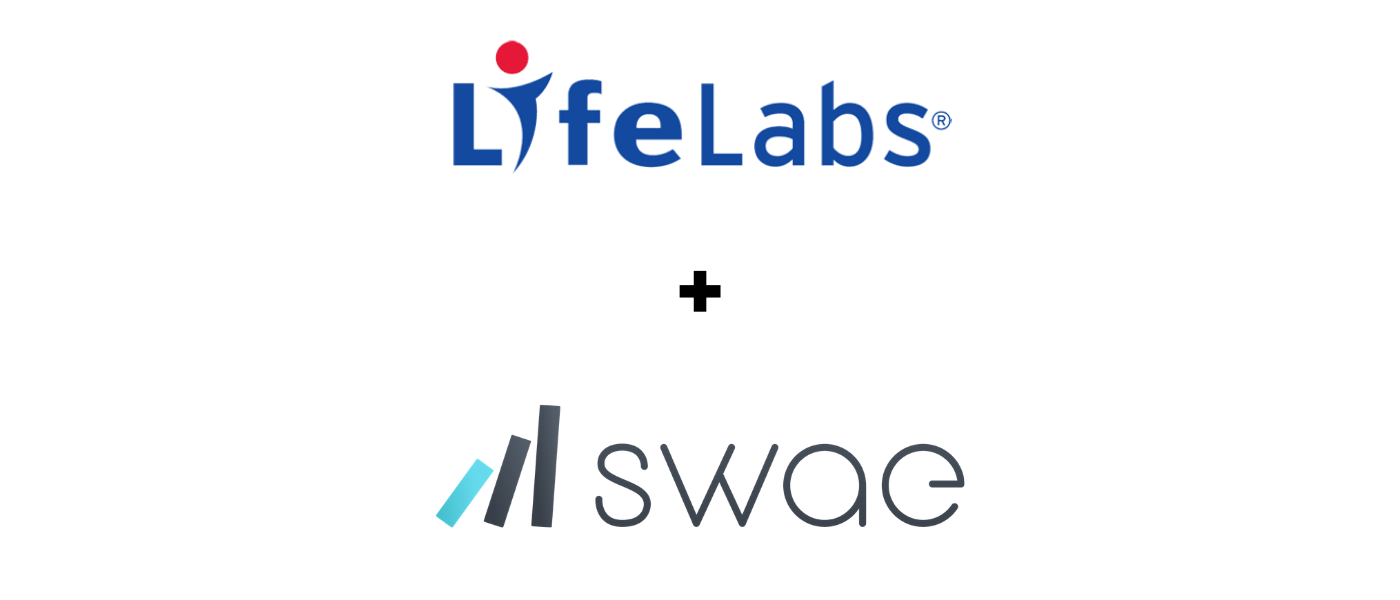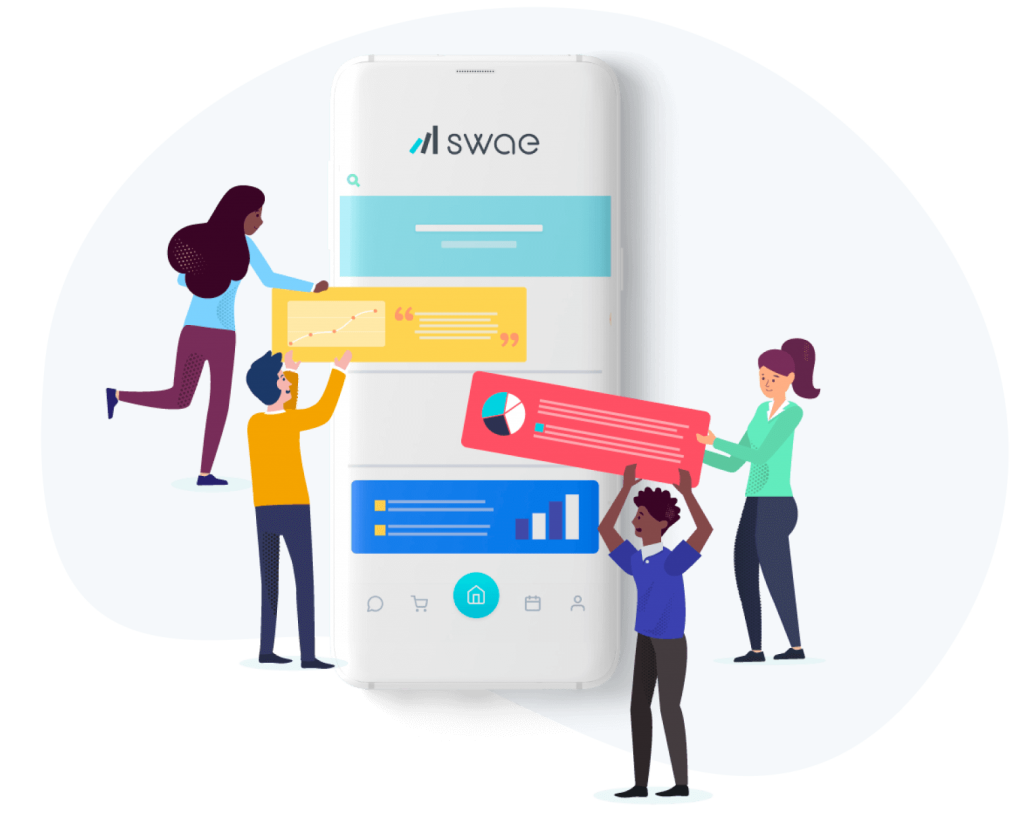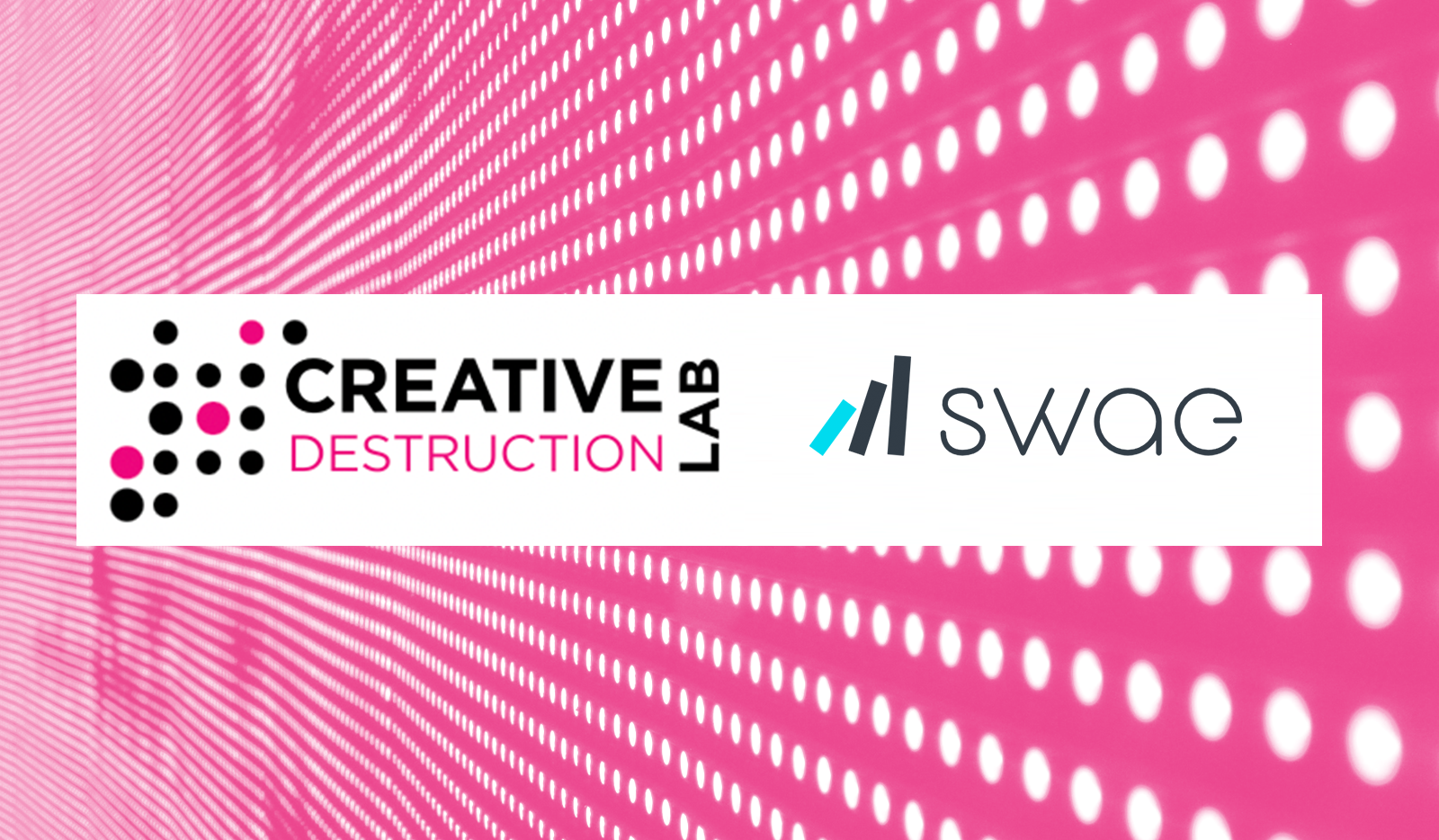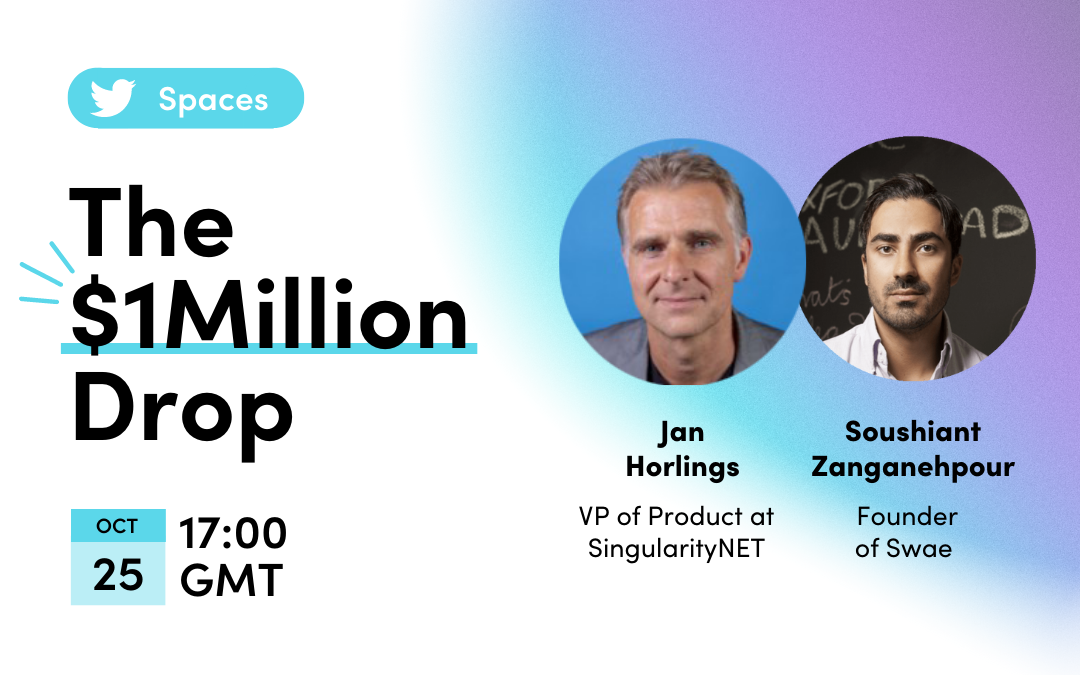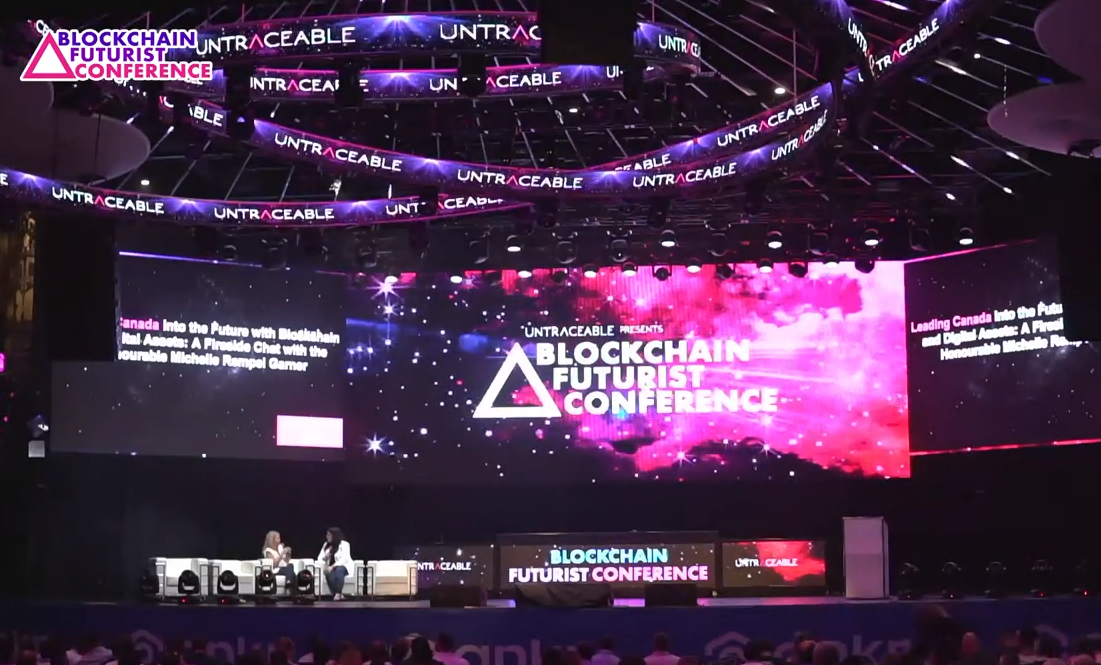How to be seen as a Brilliant and Bold Leader [Become a great Communicator] 1 June 2022 4 min ReadThis is a recap of Harvard Business Review @HarvardBiz ’s Good Leadership is About Communicating Why, by Nancy Duarte @nancyduarte. Becoming a bold leader means that...
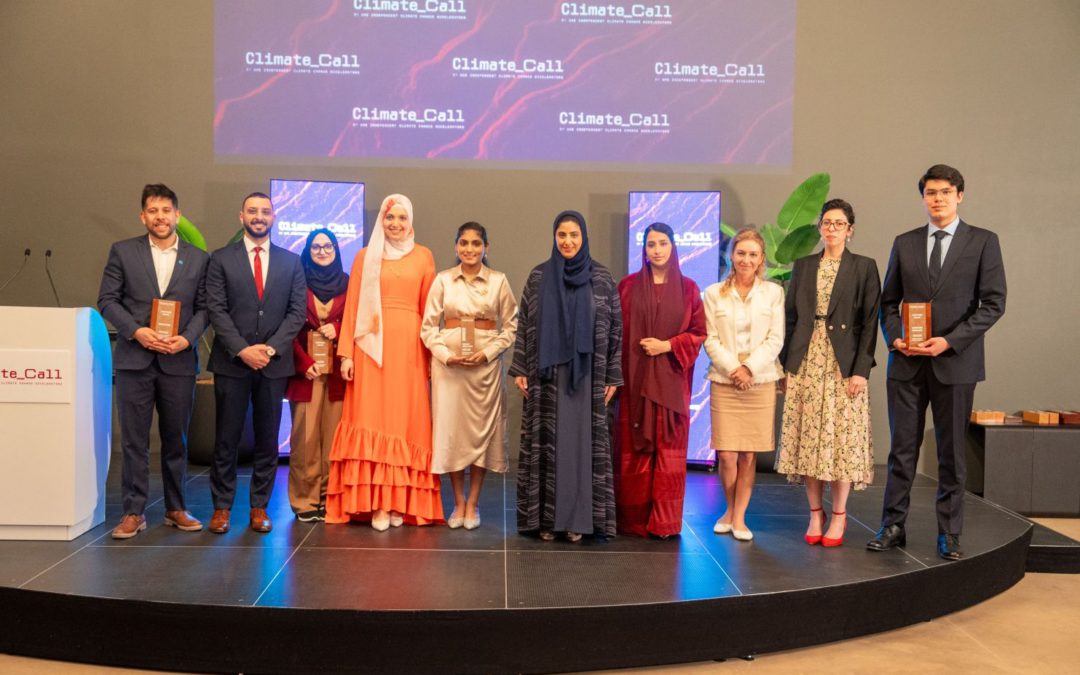
Winning Climate Solutions Announced at Climate Call Grand Finale
Winning Climate Solutions Announced at Climate Call Grand Finale
5 min read, 8 Nov 2024
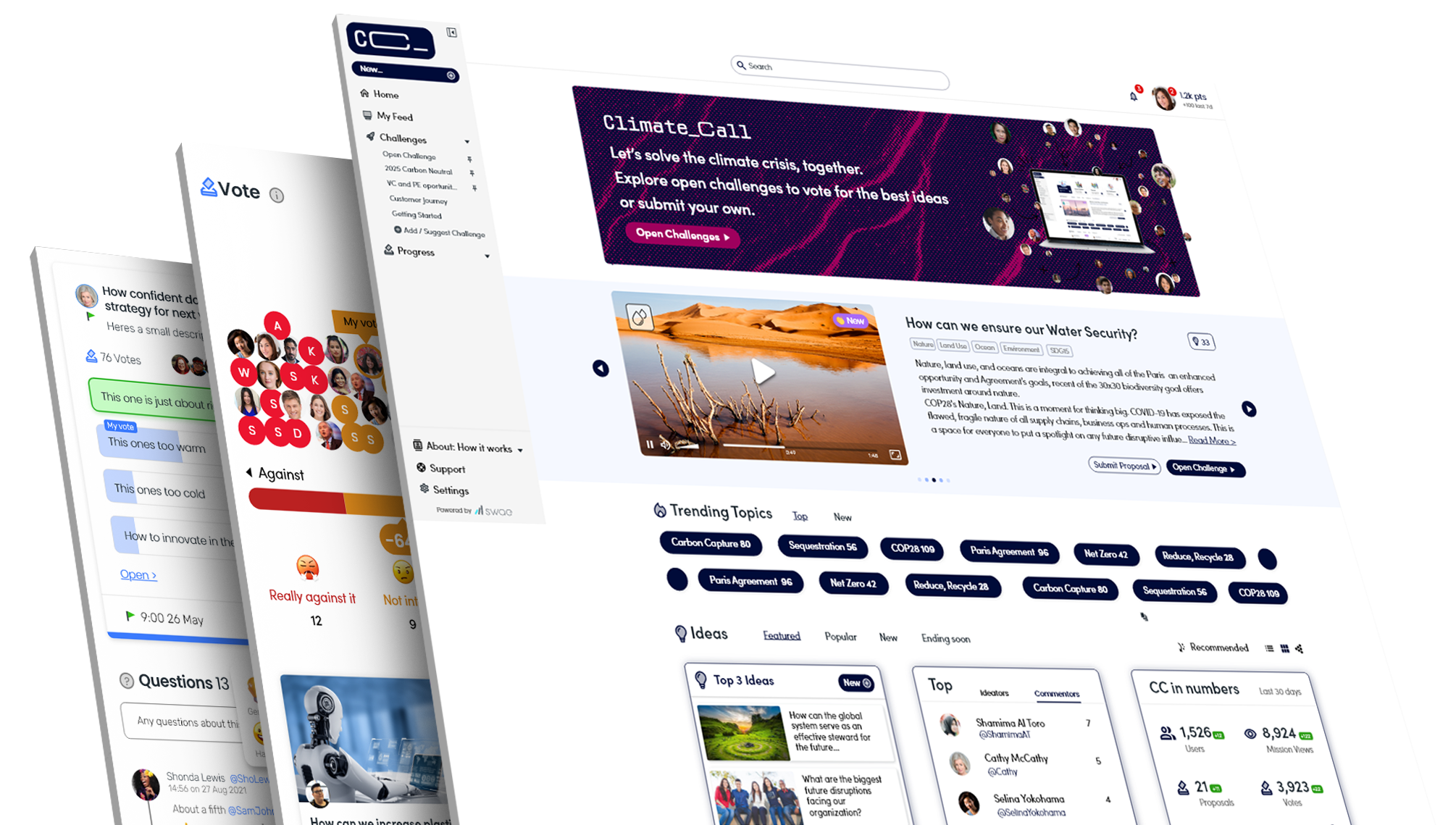
UAE Independent Climate Change Accelerators (UICCA) announced earlier this week the winners of the inaugural year of Climate Call, an AI-enabled platform (powered by Swae) dedicated to empowering young voices in climate action, especially those from marginalised communities.
At the Grand Finale attended by UICCA’s President and CEO, Her Highness Sheikha Shamma bint Sultan bin Khalifa Al Nahyan, three winners were awarded for their category-leading ideas:
Ensuring Enough Food for All
WINNER
Trash to Treasure – using agricultural waste to enhance food security, led by Marcellin Premila Jerome, a Masdar Future Sustainability Leader.
Water Scarcity to Water Security
WINNER
AquaPalm – a concept to transform date palm waste into sustainable water purification solutions, presented by Nour Abdelrahamn and Sana Eid, UAE-based PhD candidates from Khalifa University.
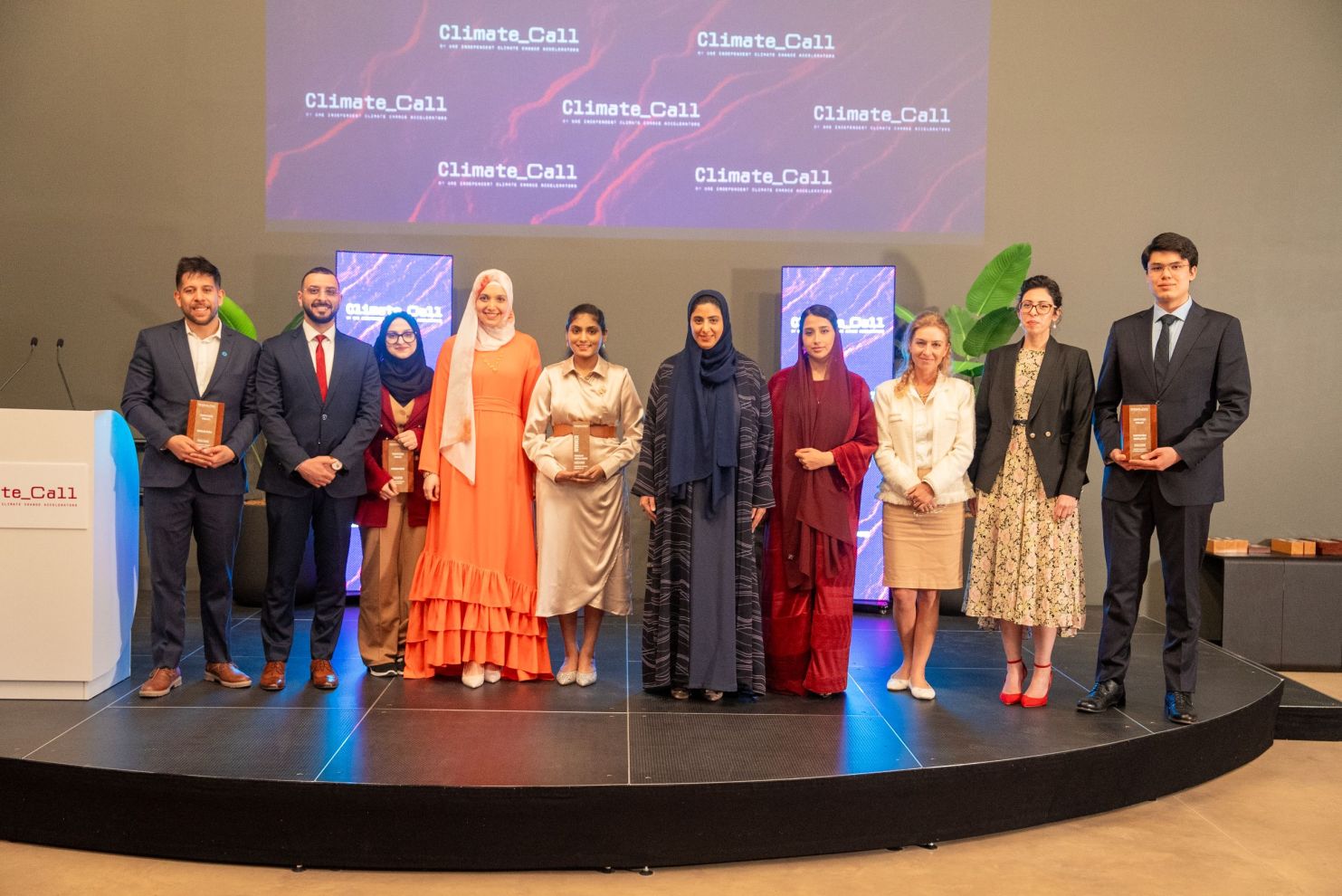
Her Highness Sheikha Shamma bint Sultan bin Khalifa Al Nahyan, President and CEO of UICCA, said, “Climate Call began as a simple question: how can we use AI to make climate conversations more accessible and inclusive. Fast forward to today and we have three stand-out concepts developed by talented young people, each with great potential for tangible positive impact on our world. The quality of practical, grassroots solutions that this initiative has brought to light demonstrates the importance of giving a voice to youth in the climate debate. Together, we must find more ways of enabling communities from all backgrounds and ages to develop their own ideas to tackle the climate crisis.”
The grand finale featured presentations from the finalists, with a panel of distinguished judges selecting one winner per challenge category. The expert panel included Dr. Afkar Hilles, Food Security Expert from the Abu Dhabi Agriculture and Food Safety Authority (ADAFSA); Eng. Athbeh Hamdan AlShehhi, Senior Engineer of Climate Change and Sustainability at Dubai Electricity & Water Authority (DEWA); and Angela Homsi, Founder and President of Ignite Power.
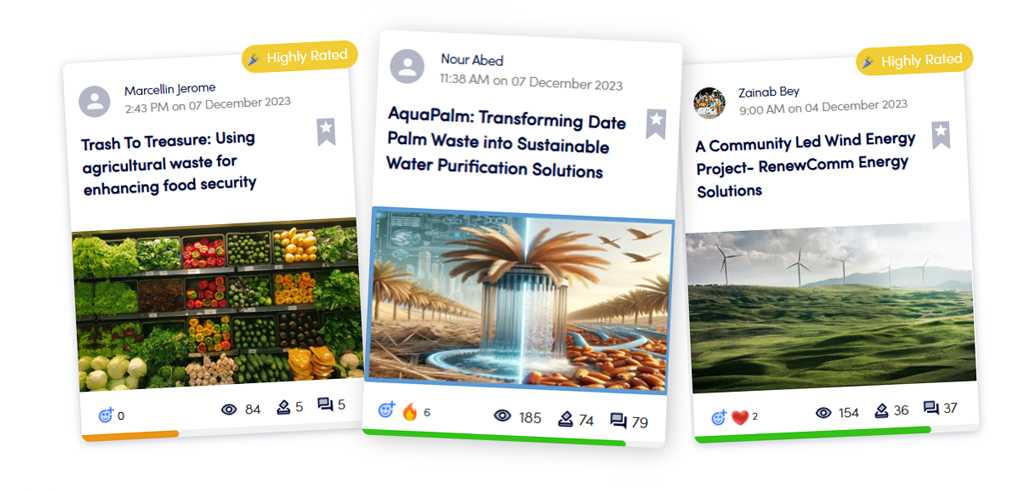
In her remarks, as an expert judge for the Food Security challenge, Dr. Afkar Hilles stated, “Our global food system lies at the heart of the climate crisis. From agricultural practices to food waste, the industry has a substantial impact on the planet’s ecosystems, and the solutions presented here highlight the urgency of change. What we need now are bold, scalable innovations to transform how we grow, process, and distribute food. Each finalist has brought forward solutions that not only reduce environmental impact but also enhance food security, strengthen communities, and foster resilience in the face of climate adversity.”
Climate Call offered young participants a collaborative space to propose, evaluate, and develop their ideas. In line with UICCA’s commitment, the winners have each received an award of AED 25,000 per winner project in each challenge category, and their stories featured on The Climate Tribe storytelling platform.
Climate Call is UICCA’s grassroots legacy project from COP28, aligned with the UAE’s commitment to host the most inclusive COP ever held to place both people and planet at the heart of the climate process. Climate Call generated hundreds of innovative ideas from across the globe.
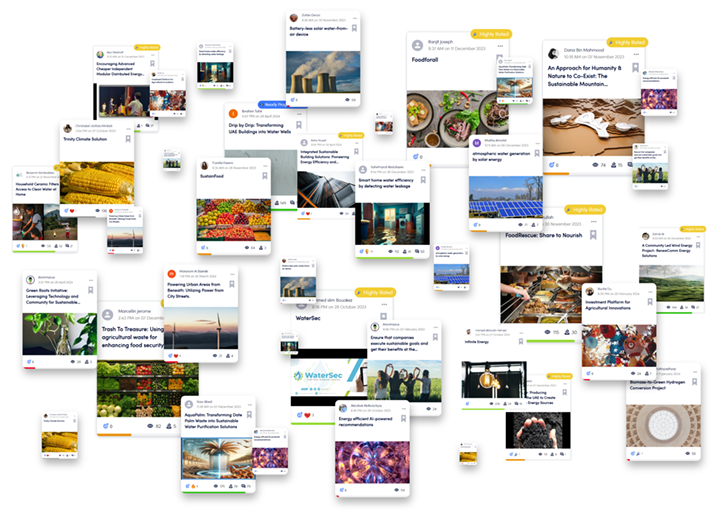
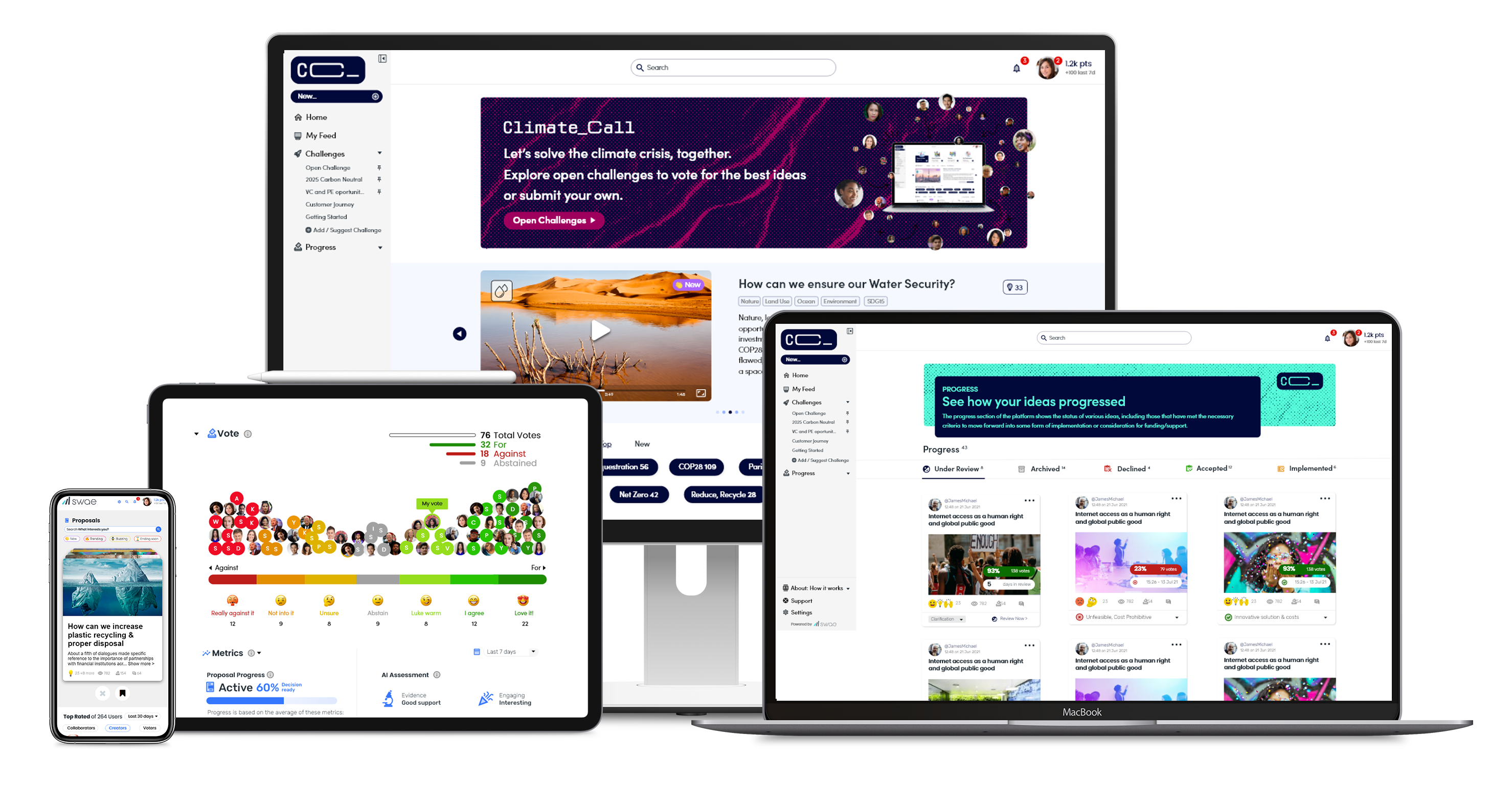
ClimateCall.com is an open-to-all interactive platform to empower new and unheard voices – particularly young people and citizens of the Global South – to propose innovative climate action ideas to decision-makers.
The UICCA
The UAE Independent Climate Change Accelerators (UICCA) is a non-partisan, climate action entity that has a mandate to bring together members of the public and private sector, including academic institutions and non-governmental organisations (NGOs), to drive the UAE’s commitment towards net zero by 2050. In the lead-up to the 2023 United Nations Climate Change Conference of the Parties (COP28 UAE), the UICCA was mandated with establishing an independent body to advise COP on collaboration, cooperation and innovation. Climatecall.com is one example of direct innovation towards useful solutions and recommendations to decision-makers. Outside of this example, the UICCA operates as a think tank, and advisory resource, providing advice and recommendations to a range of stakeholders on positive climate action that facilitates the transition to a green economy. Included in its mandate, the UICCA facilitates international business, innovation and technology partnerships that work towards the common goal of tackling climate change.
Swae
Swae is a platform for organization-wide ideation, crowdsourcing, and decision-making. Swae’s AI and bottom-up collaborative features encourage users to contribute ideas to improve any organization or suggest solutions to emerging and topical challenges. The best and most debated ideas bubble up to a review by management automatically. Decisions are made on the platform ensuring a strong feedback loop, reinforcing trust, transparency, and engagement.
With over 50,000 users, Swae creates a secure, inclusive, and anonymous space for problem-solving within organizations, enabling leaders to tap into their workforce’s creativity to address pressing challenges and improve overall performance.
Since launching in 2019, Swae has been implemented for clients like the United Nations, Etihad Airways, Bosch, Doctors without Borders, Lifelabs, EMC Insurance, and the governments of Mexico and Chile, amongst others.
Join our community and get the inside scoop, the latest insights to hack your innovation and helpful tips from our gurus.
More to explore…
How to be seen as a Brilliant and Bold Leader [Become a great Communicator]
Being Honest in Leadership Roles Helps Drive Innovation and Long-Term Success
Being honest in Leadership roles helps drive Innovation and long-term Success Doing Decision-Making Right Without Blinders On23 May 2022 5 min ReadThis is a recap of Harvard Business Review’s @HarvardBiz “Decisions Without Blinders” study. Being honest in leadership...
Many Companies Are Hiring Immediately [Research Shows People Desire Better Workplaces]
Many Companies Are Hiring Immediately [Research Shows People Desire Better Workplaces] Workers Are Quitting Their Jobs Like Never Before 15 May 2022 4 min ReadMany companies are hiring immediately and there’s a big reason why. U.S. workers are quitting their jobs like...




![How to be seen as a Brilliant and Bold Leader [Become a great Communicator]](https://swae.io/wp-content/uploads/Resources_Swae_Harvard_Business_review_How-to-Be-Seen-as-a-Brilliant-and-Bold-Leader-Become-a-Great-Communicator-400x250.png)

![Many Companies Are Hiring Immediately [Research Shows People Desire Better Workplaces]](https://swae.io/wp-content/uploads/Rew_Research_Swae_Many-Companies-Are-Hiring-Immediately-Research-Shows-People-Desire-Better-Workplaces-1-400x250.png)
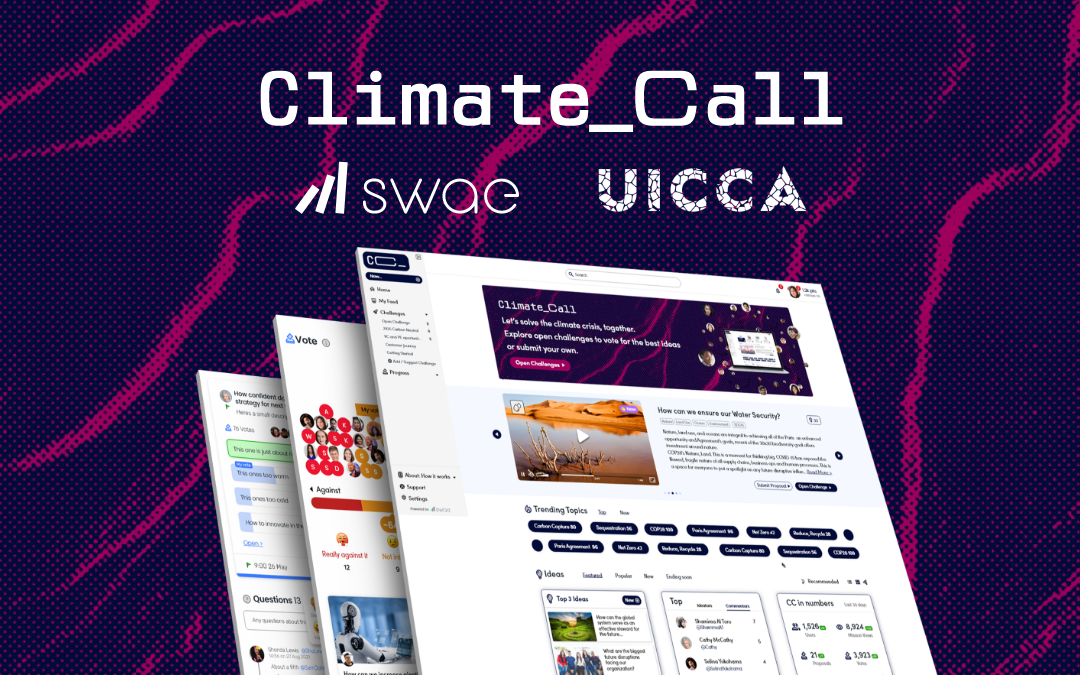
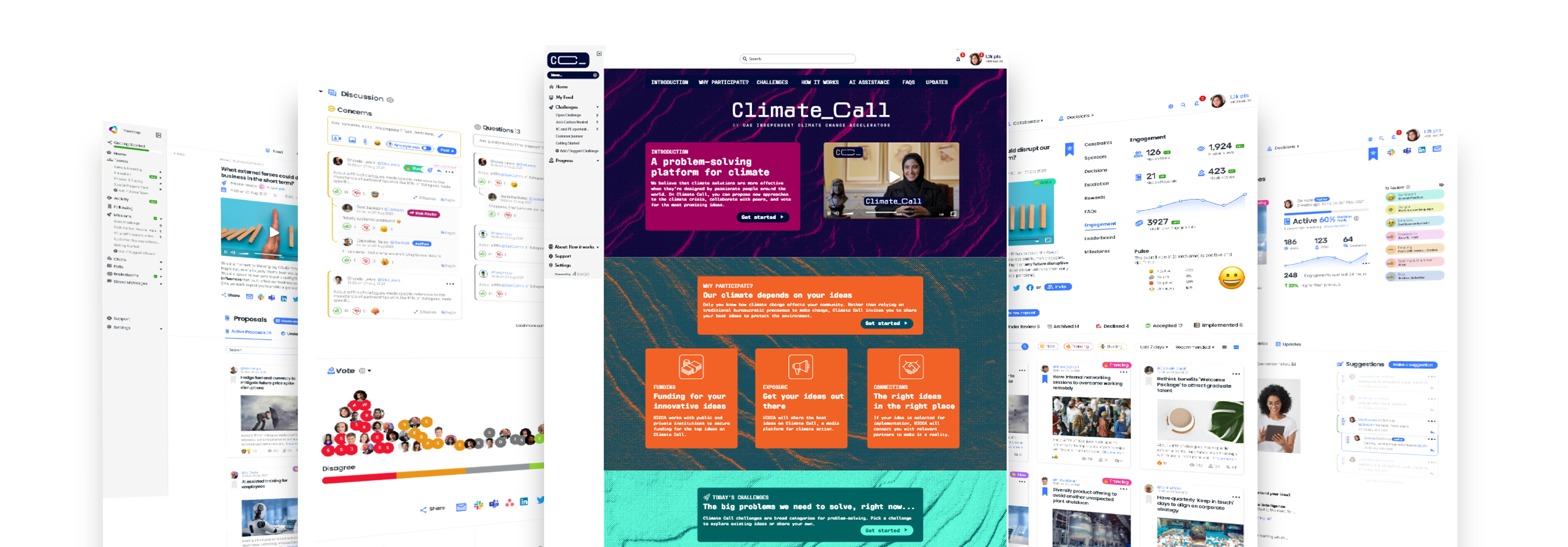






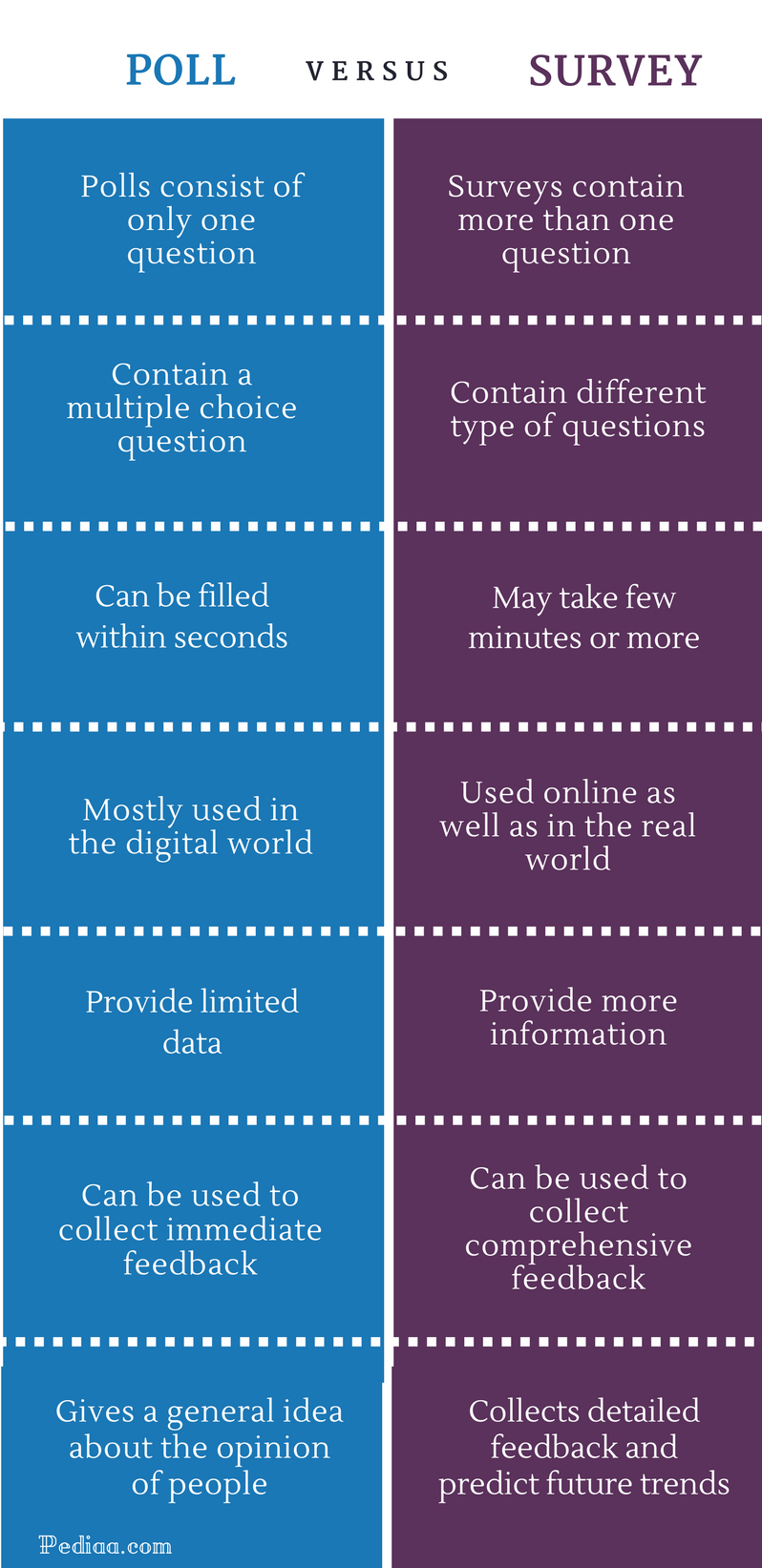
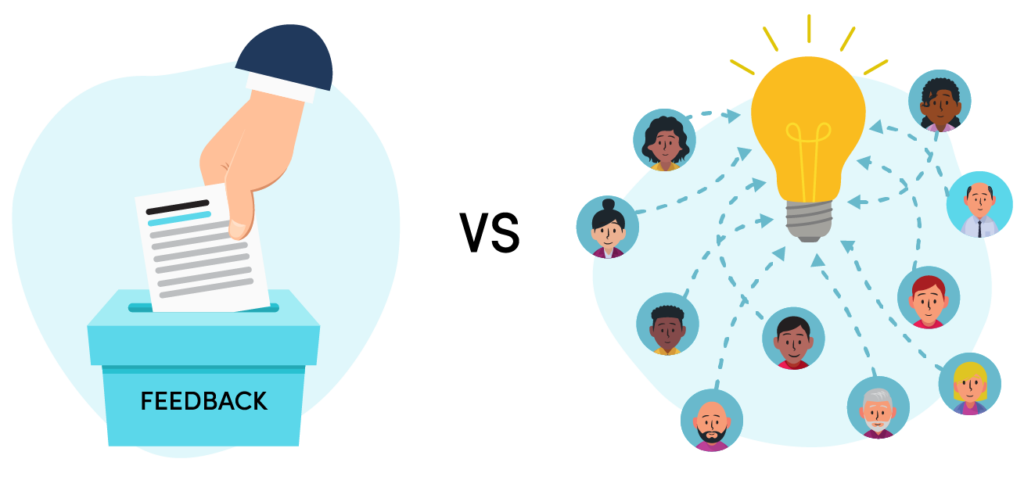
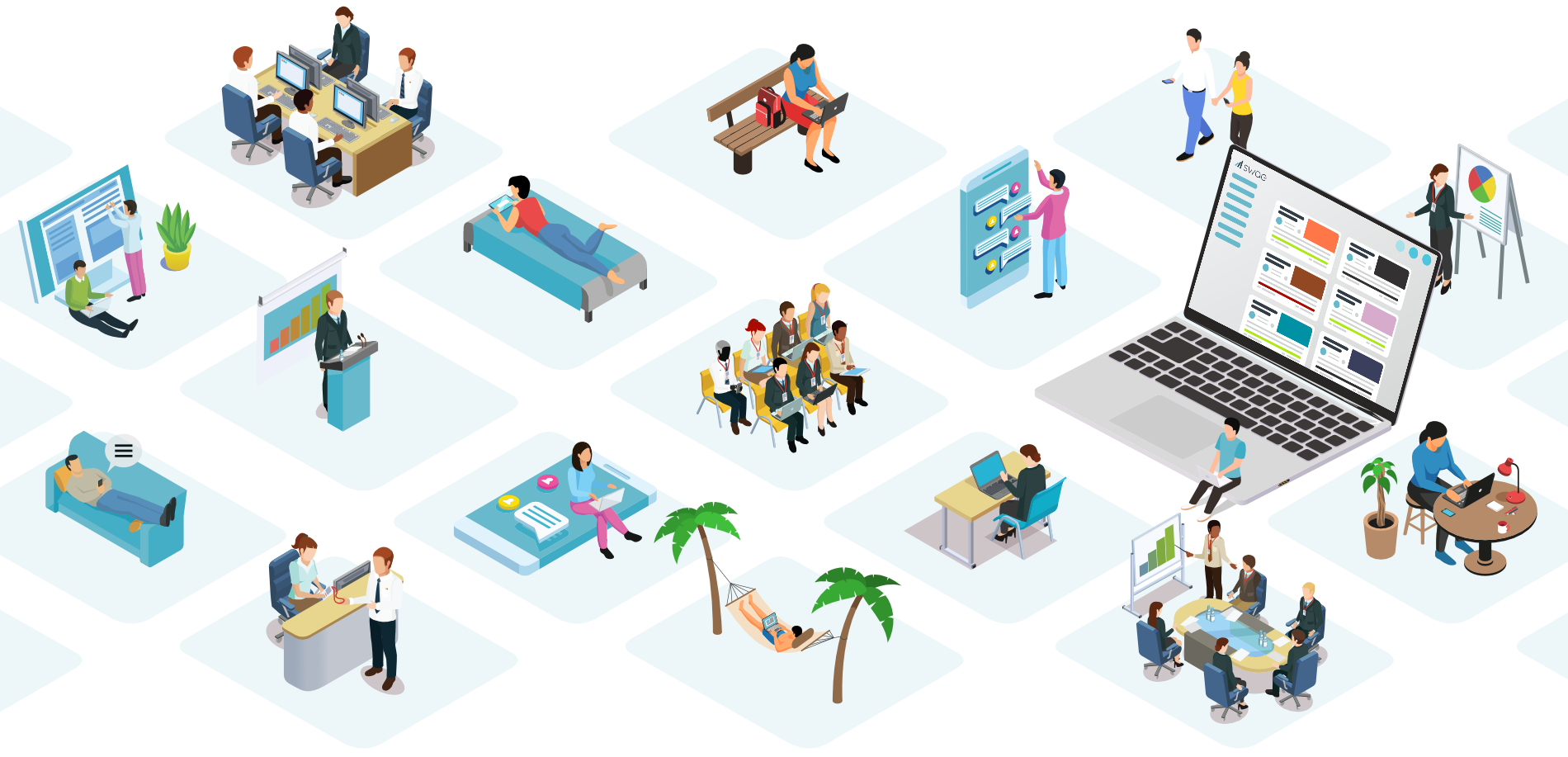
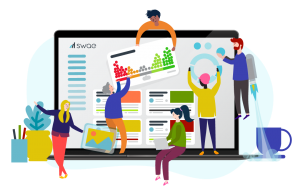

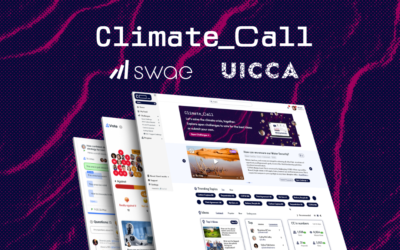
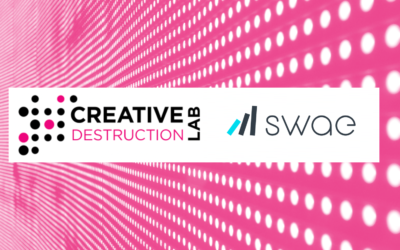



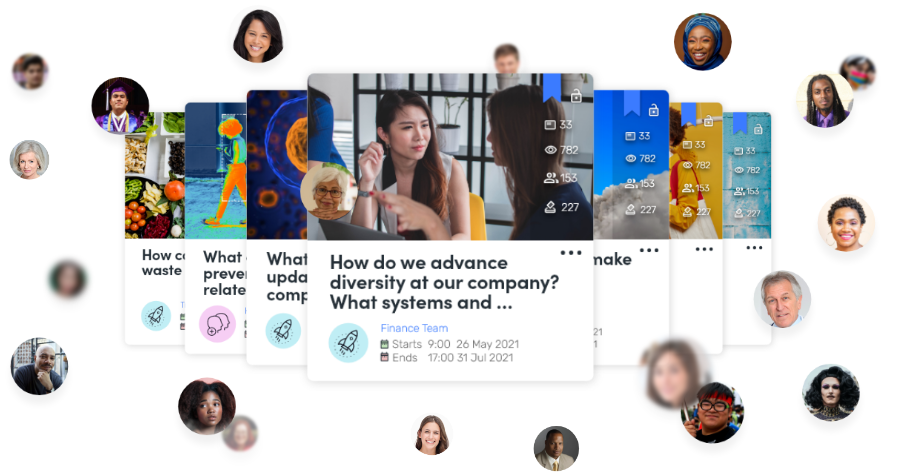


 The top priority that surfaced through their efforts with Swae was the issue of attracting and retaining highly skilled Medical Laboratory Technicians and Technologists. This industry-wide challenge came from increased competition for these roles stemming from the global pandemic and existing long-term trends of increased scarcity for these roles that had been impacting the industry.
The top priority that surfaced through their efforts with Swae was the issue of attracting and retaining highly skilled Medical Laboratory Technicians and Technologists. This industry-wide challenge came from increased competition for these roles stemming from the global pandemic and existing long-term trends of increased scarcity for these roles that had been impacting the industry.

